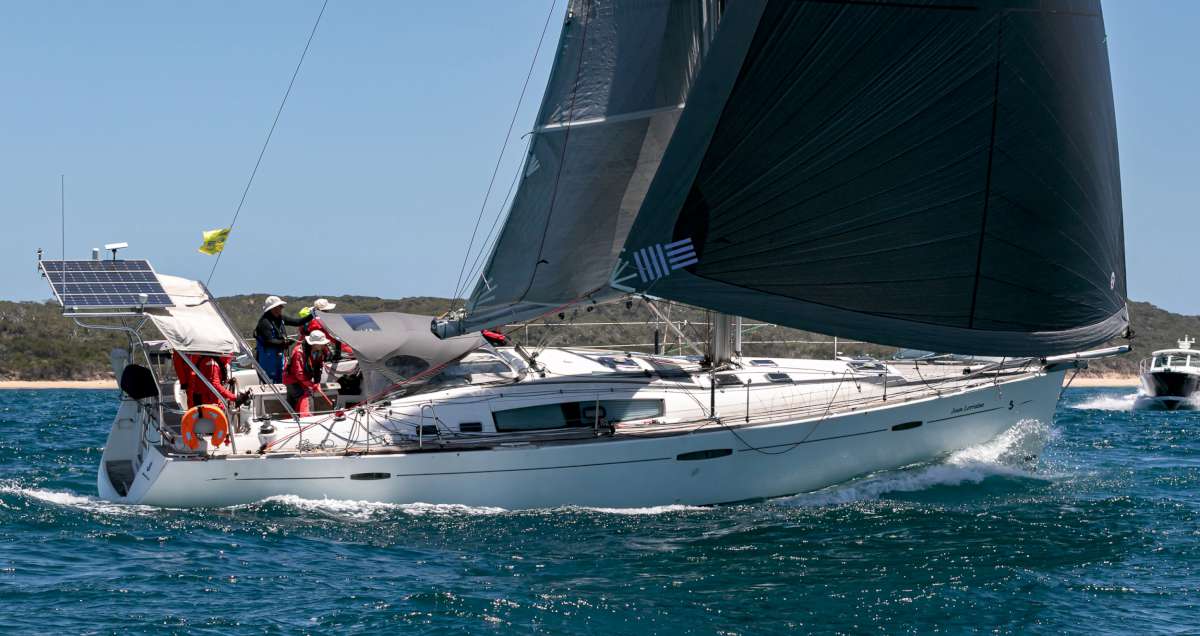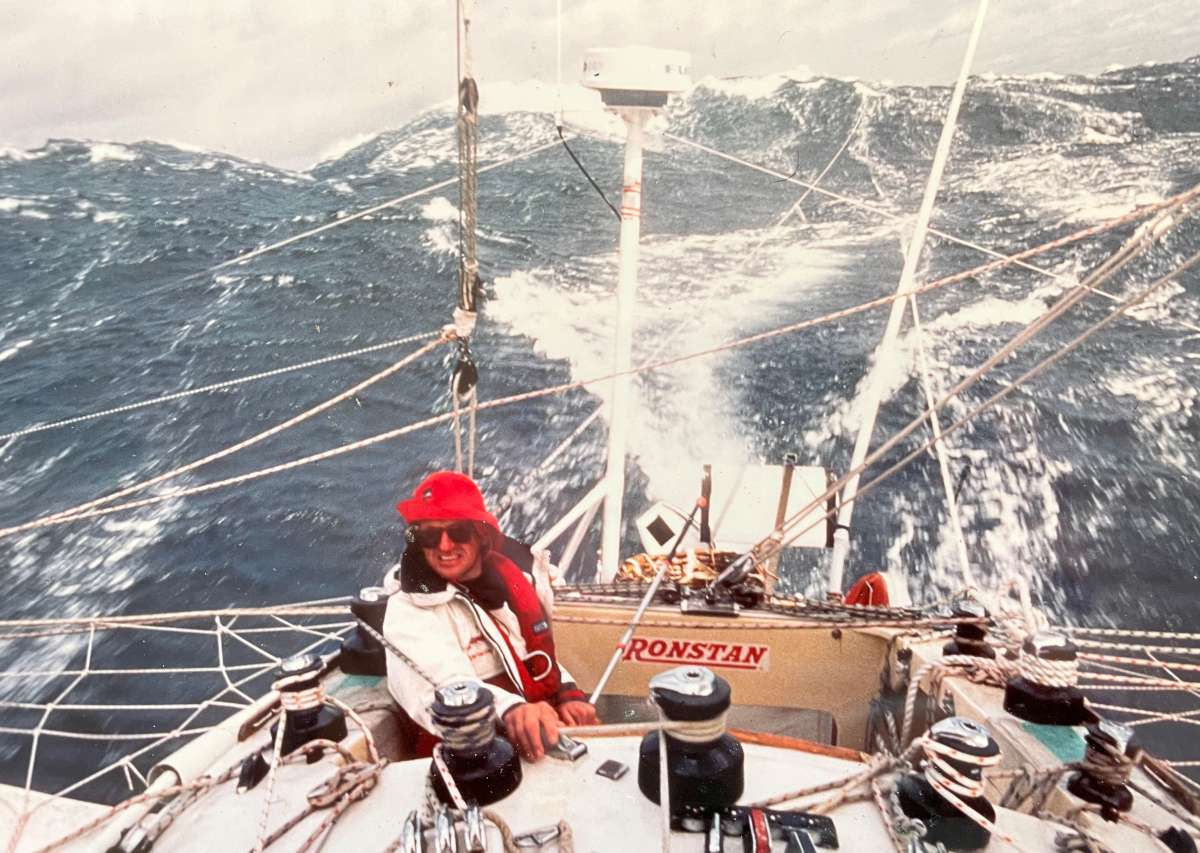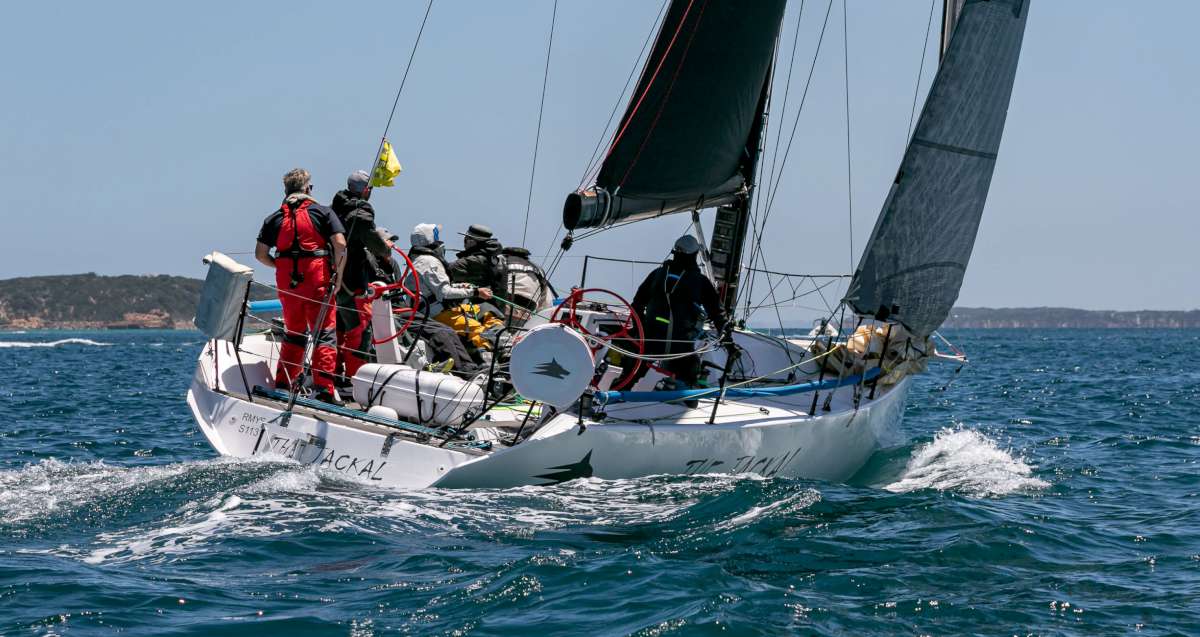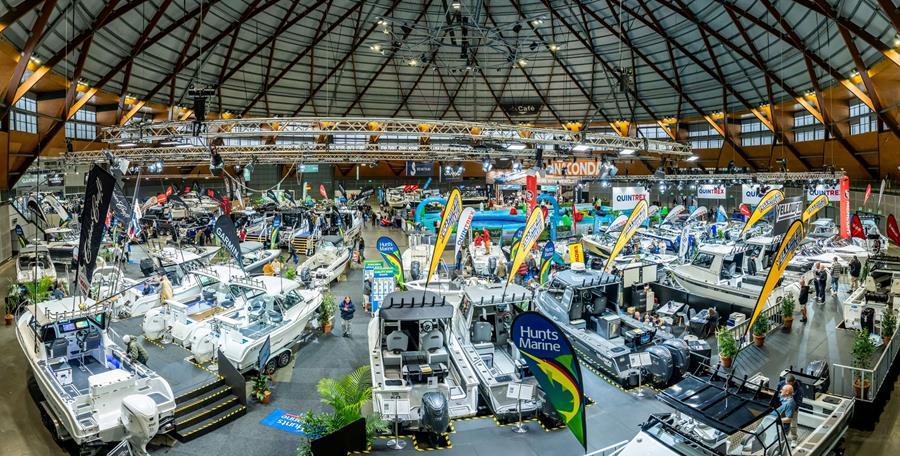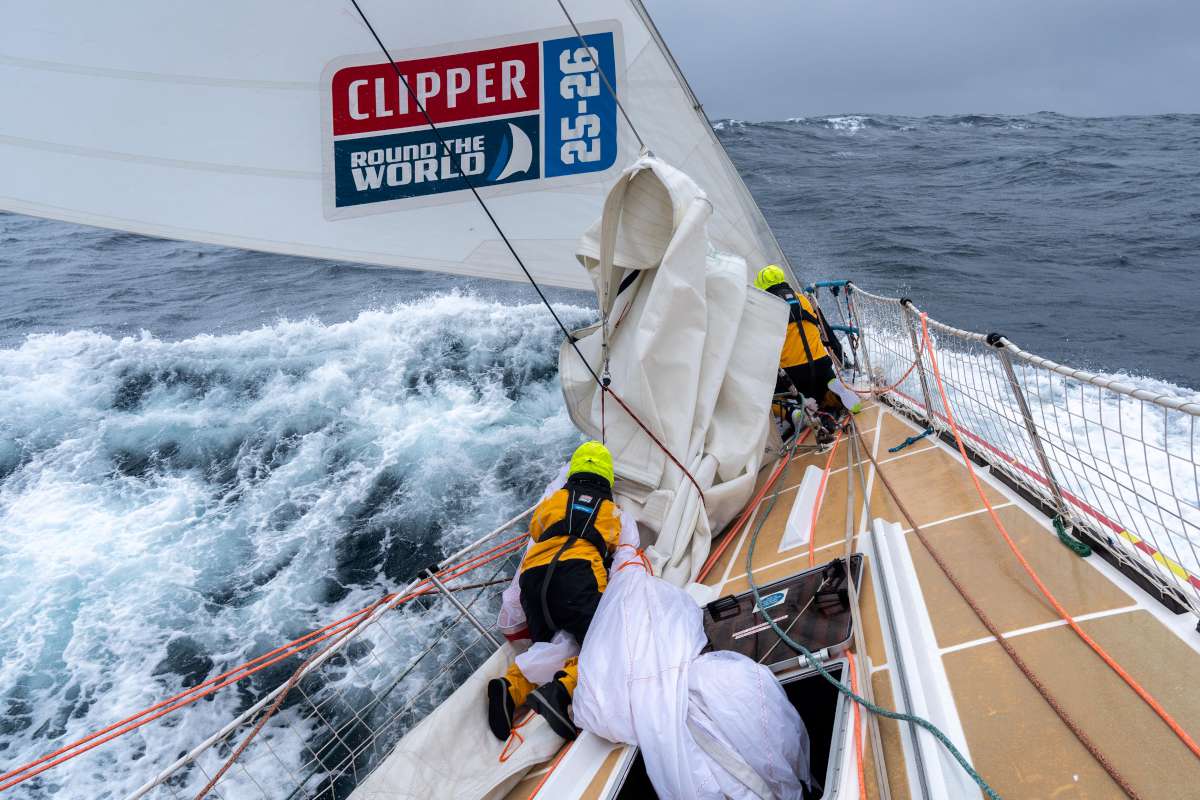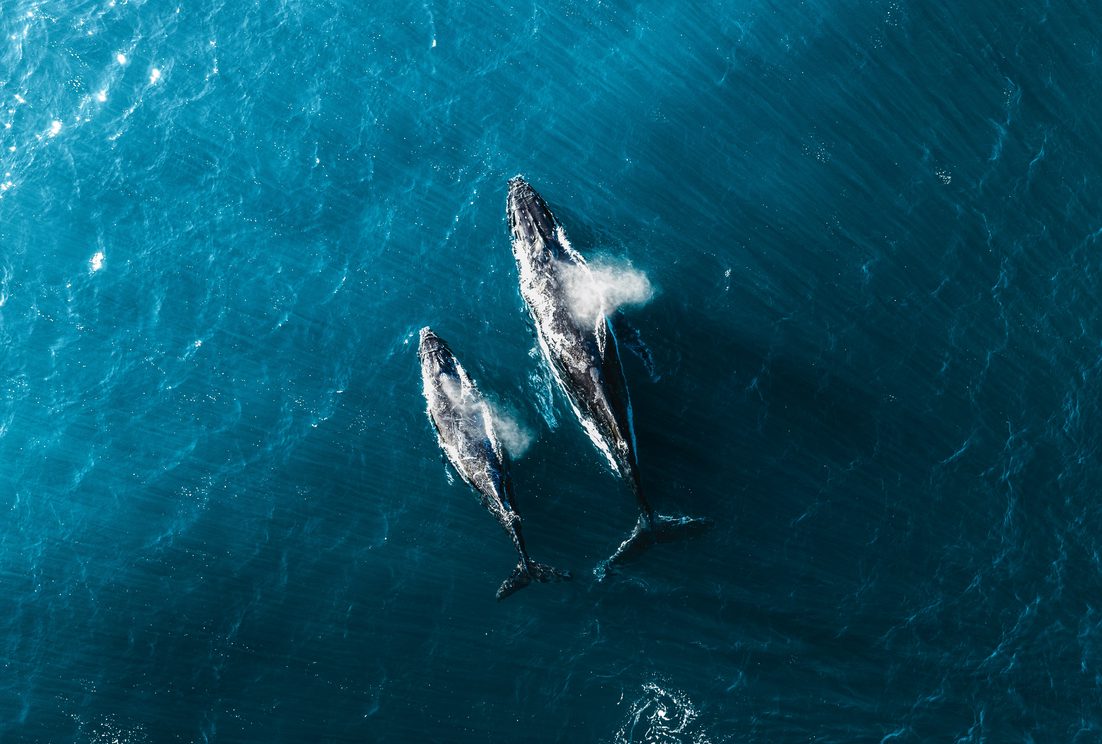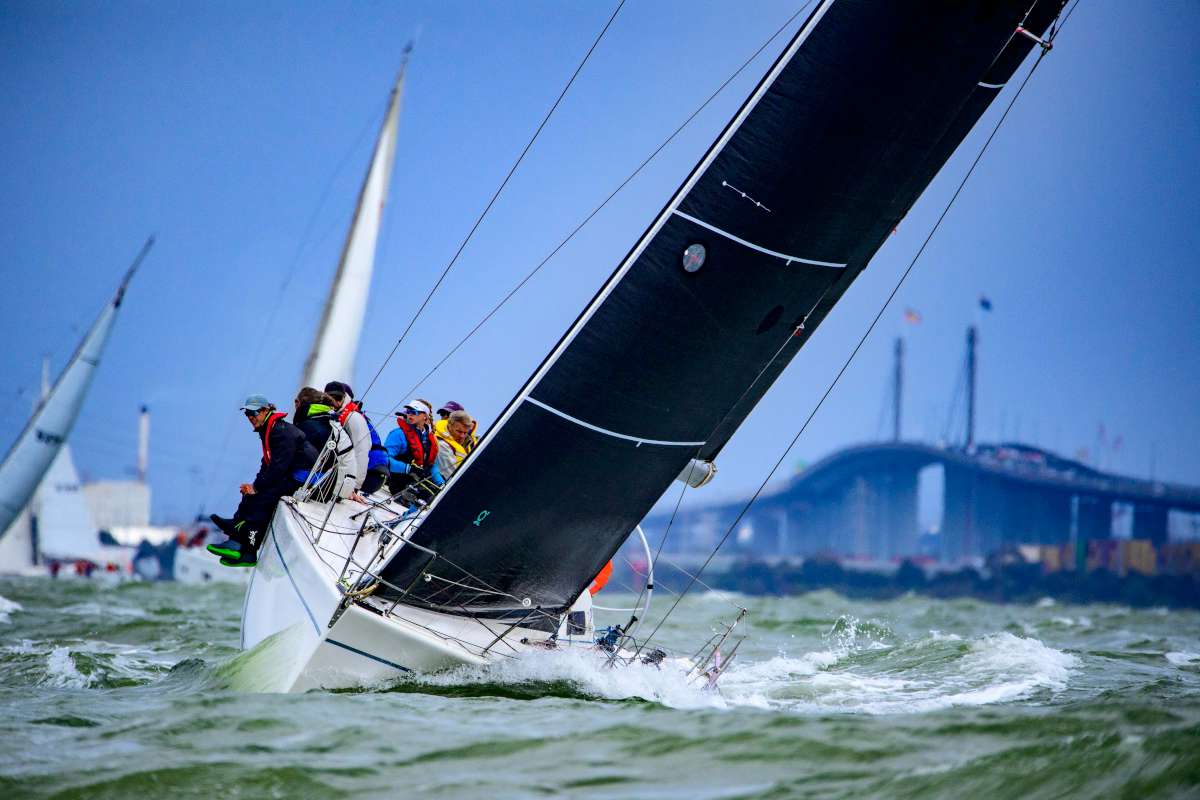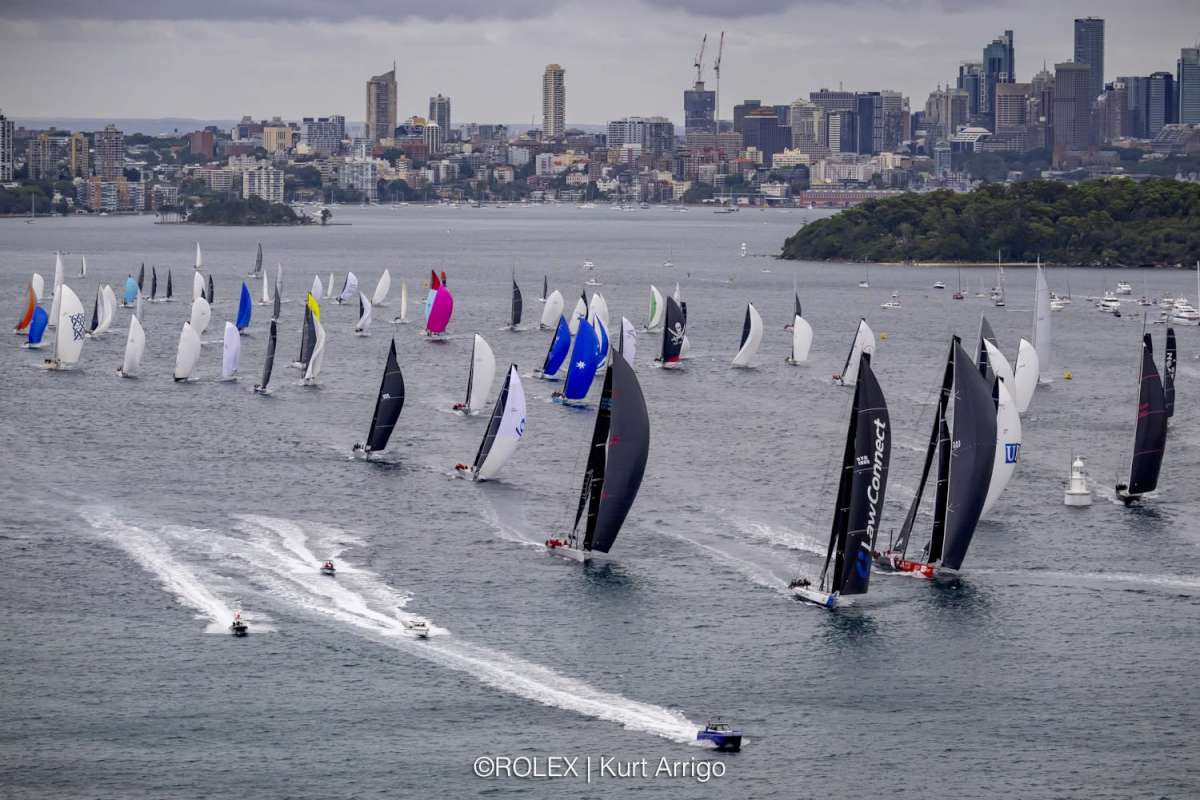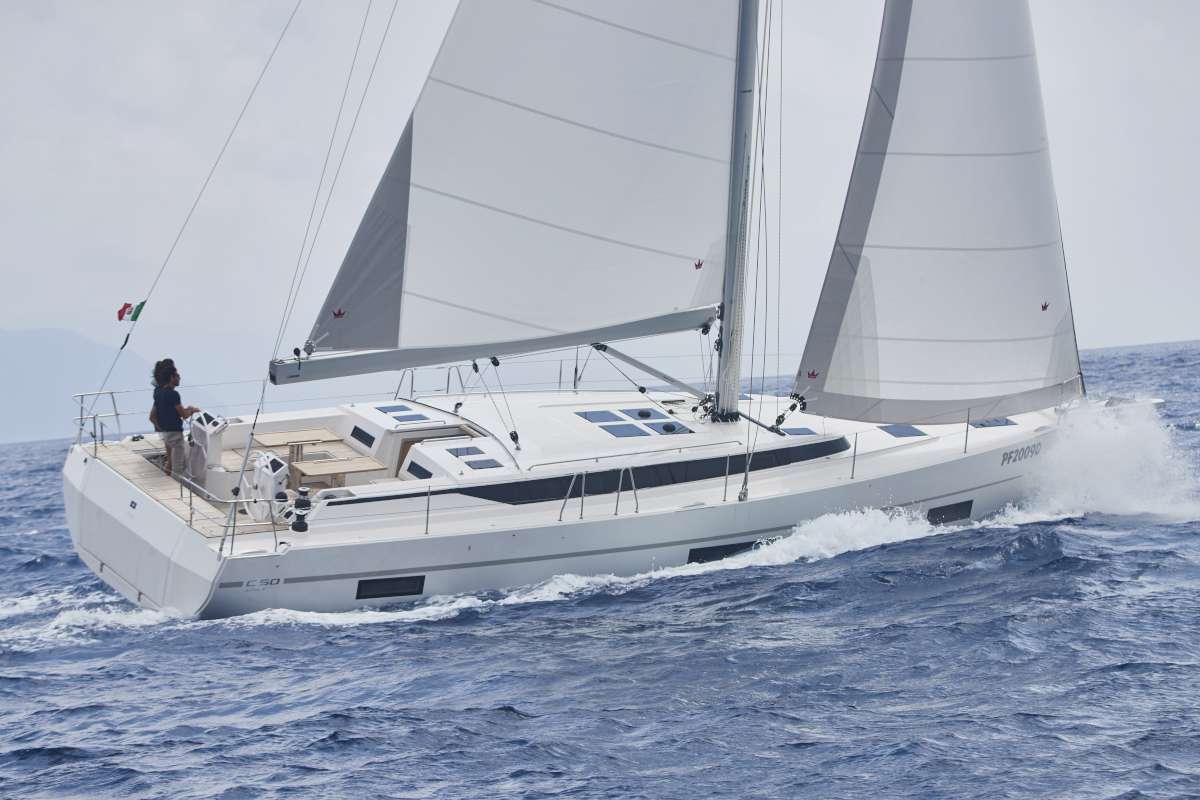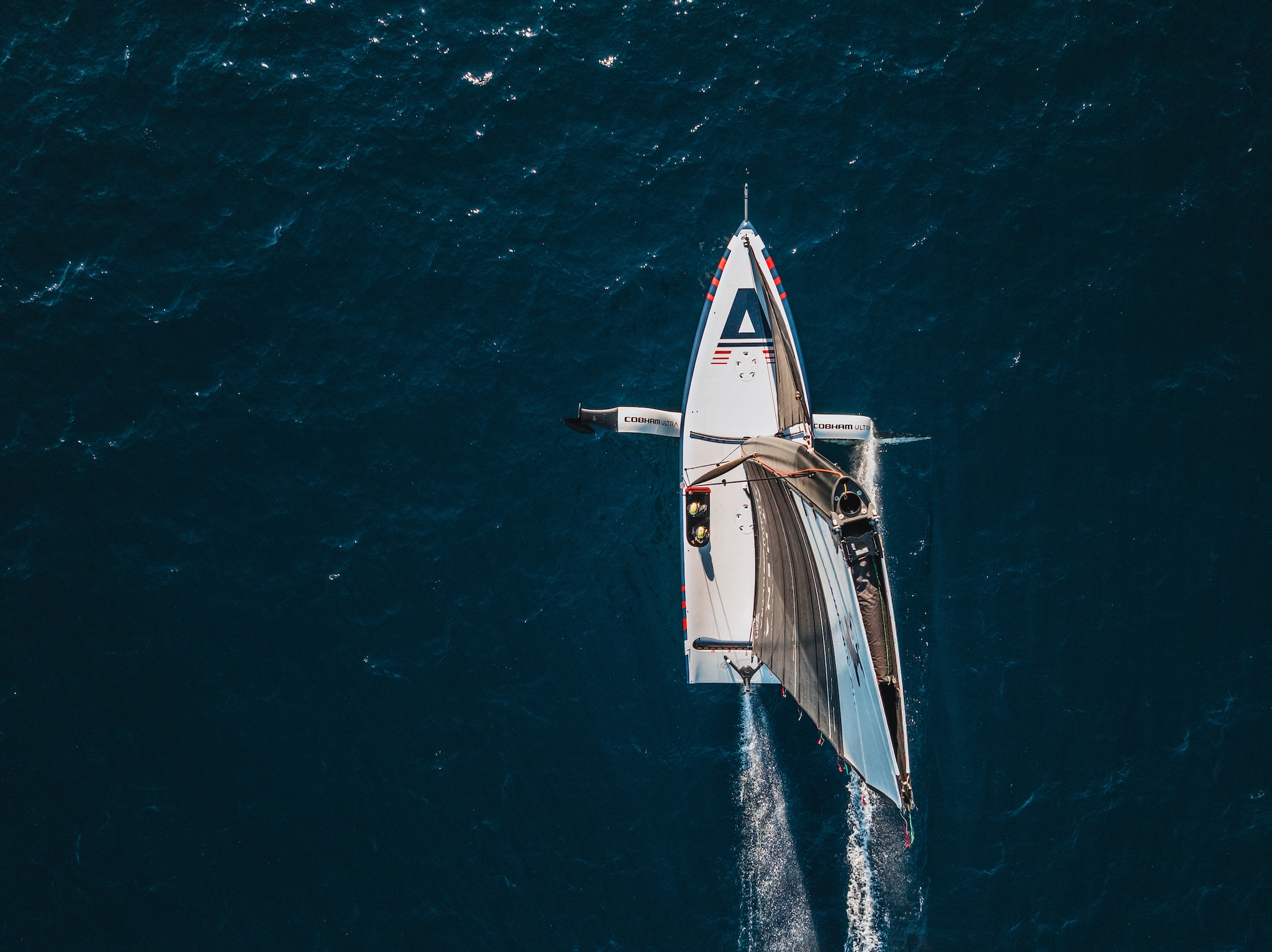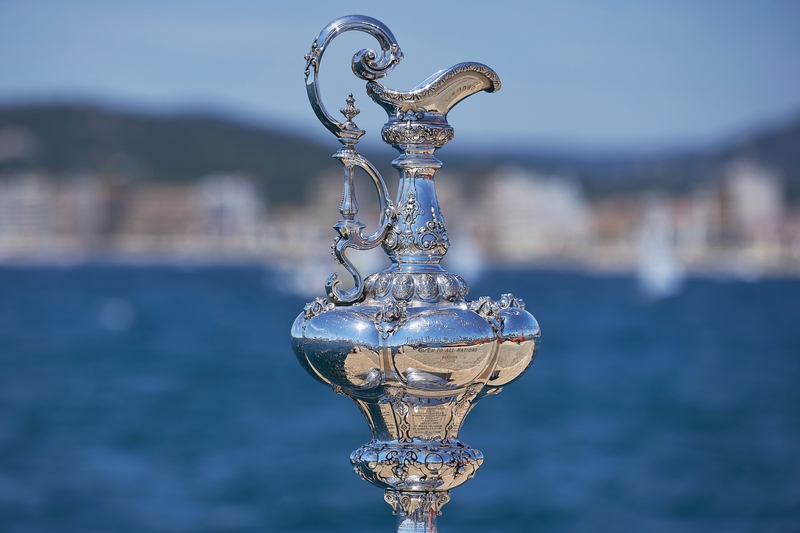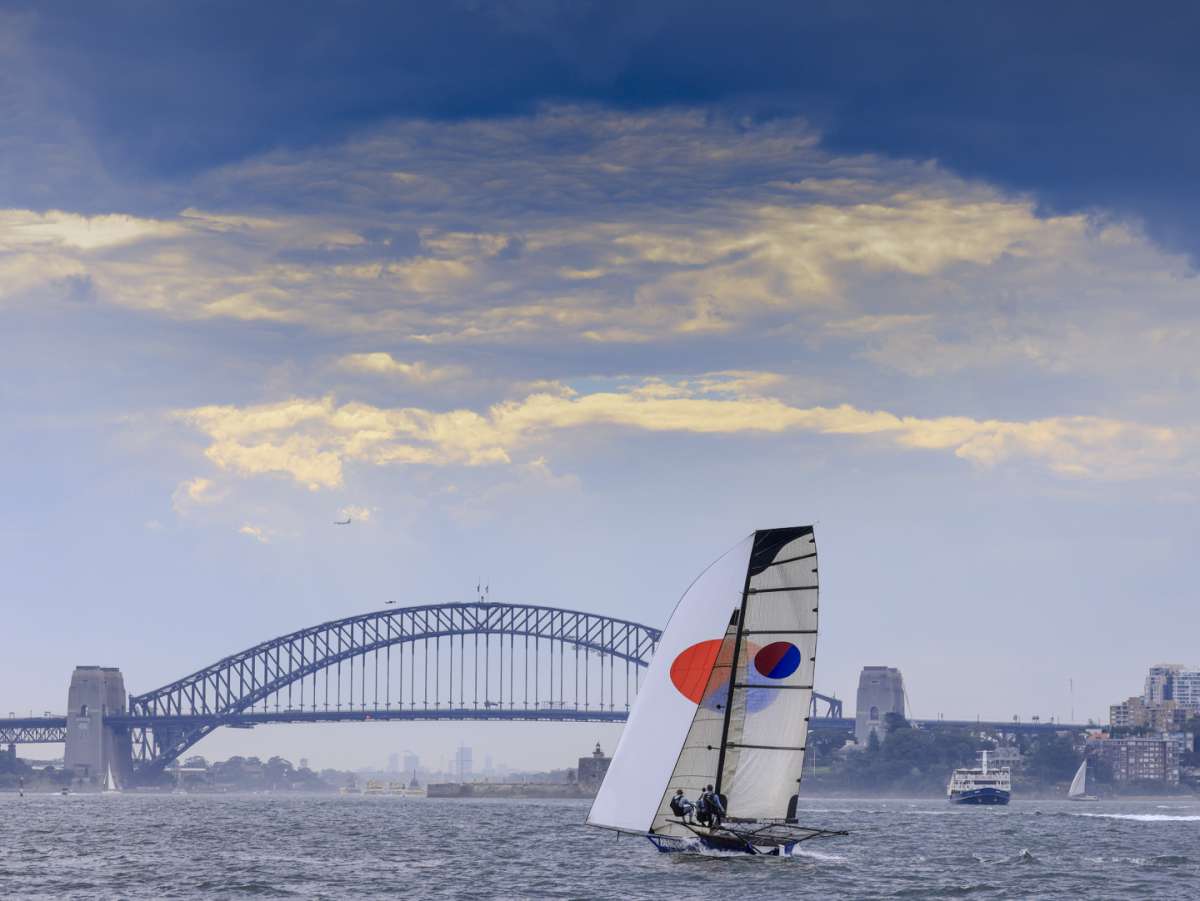By Marco Nannini / Global Solo Challenge
A circumnavigation by sail is one of the most extreme and difficult sporting feats to bring to a successful conclusion and less than 200 people ever managed to do it solo and non stop. Of the 16 starters in the Global Solo Challenge half have retired and only 5 are the boats that have not had to stop for emergency repairs. The statistics appear terrible, and it may be tempting to think that something is not right. Unfortunately, a 40-60% success rate on a similar voyage is pretty normal.
In recent years only the top pro category of IMOCA 60 footers sailing in the Vendée Globe has managed to raise the bar in terms of completion rate, thanks to years of work within the class that led, for example, to standardised keels and masts for all boats, greatly reducing the number of dismastings and keel losses.
An event like the Global Solo Challenge does not have boats all conforming to a set of Class rules. The event has a set of regulations which very closely mirror the World Sailing best practices contained in the Offshore Special Regulations for Category Zero events, the highest framework available. IMOCA embraces the same framework and enhances it with additional class rules which apply to all boats, which are homogeneous in overall design. Within the framework of the Global Solo Challenge we cannot recreate this additional set of rules as the boats can be very different from one another and only by restricting entries to a single class of boats could we take a similar path. However, it would negate the spirit that was behind the launch of the event itself, which strives to provide a framework to complete a competitive circumnavigation on a boat type that is not imposed by the organisers.
Before the collective efforts of the IMOCA class to raise the completion rate of the Vendée Globe, the reference event for monohull solo circumnavigations, the success rate was historically a number hovering around the 50% mark, and as organisers of the Global Solo Challenge we are not at all surprised by seeing similar numbers in our event. Unfortunately a higher completion rate has also at least some degree of proportionality to budget. In our case it is not a simple case of lack of rules that we could implement, it has also to do with a very simple parameter such as boat size, a 60 footer is certainly preferable to a smaller boat in heavy seas but raising the eligibility to such big boats would mean the minimum budget for a participation would grow exponentially killing of the attempt to create a more affordable alternative to the top pro circuit.
Now, to be clear, we are not trying to make comparisons between the fantastic and exciting modern age of the Vendée Globe and the new format of the Global Solo Challenge. I think we did the right thing in including the word Challenge in the naming of our event, as the it is clear that the first difficulty is completing, in face of the many adversities, some general to all, some specific to each individual boat choice, preparation and level of skill of the skipper.
A skipper facing a problem does not find solace in the historical statistics and expected success rate. Therefore, each retired entry has to deal with the weight of emotion after the tremendous effort and investment in mental, physical and financial resources to participate in the event. It is therefore always a very difficult and sad moment when we learn of a skipper dealing with technical issues or accidents and or retirement. As much as we can repeat these are to be expected, each separate episode becomes heartbreaking when thinking about the human effort and disappointment.
Last week we saw just how quickly things can change. Ronnie Simpson lost his mast just hours ahead of the arrival of a heavy storm. His boat had all new rigging, the mast was unstepped and reinspected in A Coruna after the delivery from Maine to Spain and before the start. Ronnie had been conducting a conservative boat-preserving navigation throughout the event and especially in the days ahead of the dismasting which occurred with nothing at all that could be attributed to the boat handling. Unfortunately rigging can fail and only in some circumstances a specific reason is found. In most cases equipment fatigue is the only explanation that can be given.
Rigging problems have caused the dismasting of Ronnie Simpson on Shipyard Brewing and Ari Kansakoski on ZEROchallenge. Alessandro Tosetti on Aspra had suffered the rupture of a lower diagonal shroud, miraculously without losing his mast. After sailing halfway around the world he stopped in Hobart for repairs. The broken shroud and its twin on the other side were replaced, the rest of the rigging was inspected and no indication of stress was found. Alessandro set off from Hobart and decided to sail conservatively for several days, to build confidence that nothing had gone unnoticed in the inspection. After sailing more than two thousand miles including a fairly severe storm all was in order and Aspra’s bow was firmly pointed towards Cape Horn.
Today, in relatively mild conditions, another part of the rigging, one that normally is not specifically subject to the most severe stress, suddenly broke with a loud bang. Disaster was again avoided and Alessandro now finds himself 850 nautical miles past New Zealand having to decide the best course of action to reach once more a safe port whilst seeing his chances of completing the event vanish as suddenly as the bang he heard…
[…]






